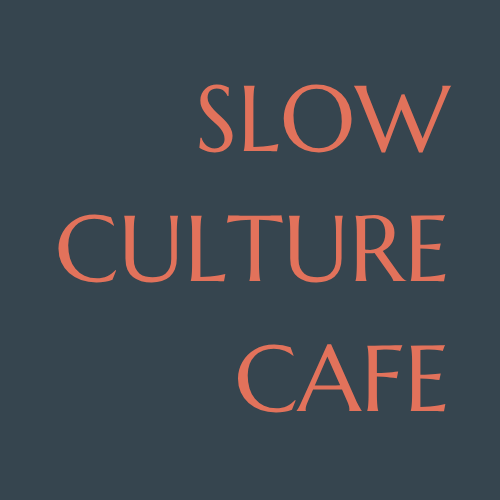Why We Still Read Virginia Woolf
Nearly a century after her most famous works, Virginia Woolf remains one of the most resonant voices in literature. Her prose continues to whisper to modern minds about time, identity, and the quiet revolutions of everyday life.
With the countless new releases on the book market every year, the question arises. Why should we still be reading older books? Aren't they works from a bygone era? Excellent classics, but difficult to reflect today's circumstances?
There are writers whose works seem tethered to their time — and there are those, like Virginia Woolf, whose words transcend it.
To read Woolf today is to feel the pulse of something startlingly modern. Her sentences stretch and curve like rivers, catching glints of thought, memory, and perception along the way. She doesn’t guide so much as submerge us — into consciousness, into quiet rooms, into moments where everything and nothing happens.
It’s this attention to the interior that continues to resonate. In a world driven by external noise — metrics, headlines, and hurried scrolls — Woolf dares us to sit with silence. To observe. To feel. Her characters don’t always “do” much in a conventional sense, but they think deeply, feel vividly, and wrestle with time and truth in ways that mirror our own private struggles.
Take Mrs. Dalloway, for instance — a single day in the life of a woman preparing for a party. Yet within those hours lies a universe: the weight of past choices, the ache of missed connections, the shimmer of beauty in a flower shop or a passing stranger. Or To the Lighthouse, where a family trip becomes a meditation on art, love, and the slow erosion of meaning and memory. These are not “plots” in the traditional sense — they are emotional cartographies. And they still map our world.
Woolf also gave language to a kind of femininity that wasn’t polished or pretty — but thinking, shifting, searching. She made space for complexity. She showed that the life of the mind could be just as revolutionary as marching in the streets. She asked the now-iconic question: “What does it mean to have a room of one’s own?” For women artists and thinkers, that question still echoes.
But Woolf’s appeal goes beyond gender or genre. She offers a radical alternative to distraction. She invites us to pay attention — to the texture of experience, the shadows of thoughts, the way memory plays tricks with truth. In doing so, she reminds us that literature can be a quiet rebellion. That the deepest stories are not always loud.
To read Woolf is to slow down. To listen inward. To take the long way through a sentence because the scenic route matters. And in a time when so much of life is compressed into captions and summaries, this slow drift through consciousness can feel like oxygen.
So yes — we still read Virginia Woolf. Not because she is “required reading,” but because she reminds us how full a moment can be. Because she dignifies the inner life. Because her words, even now, know how to hold a mirror to the soul.

